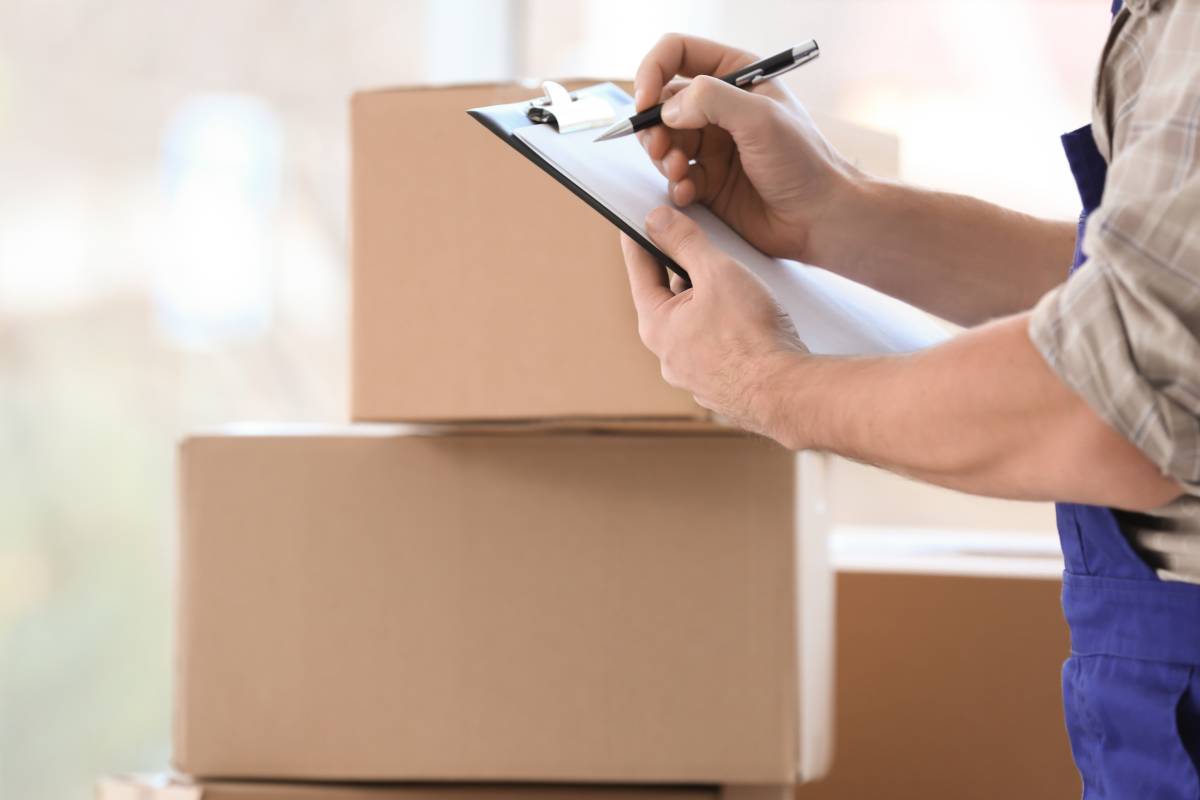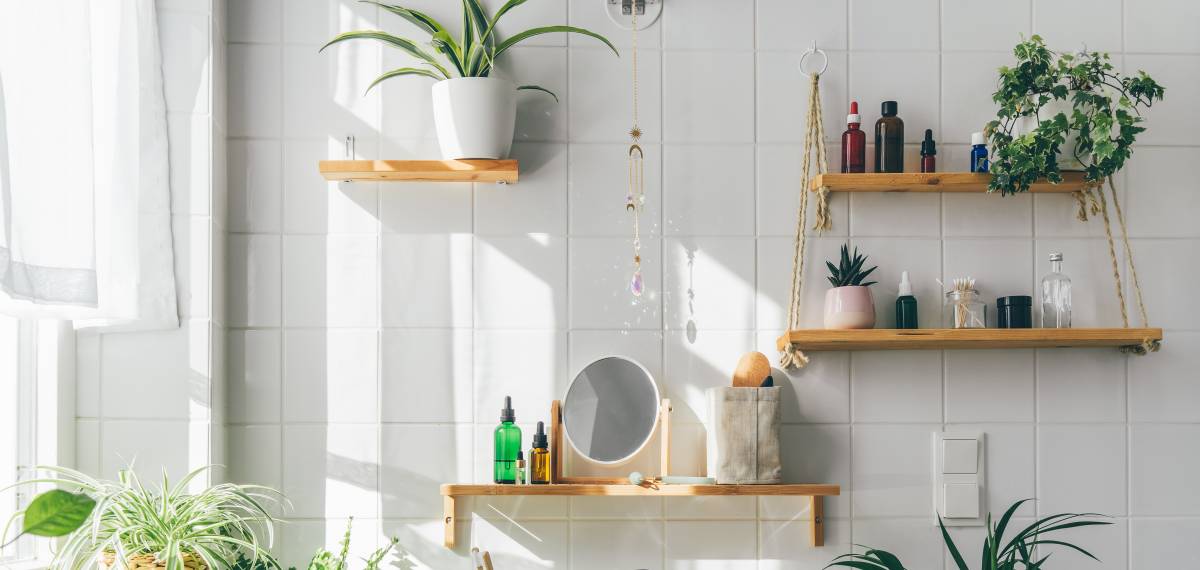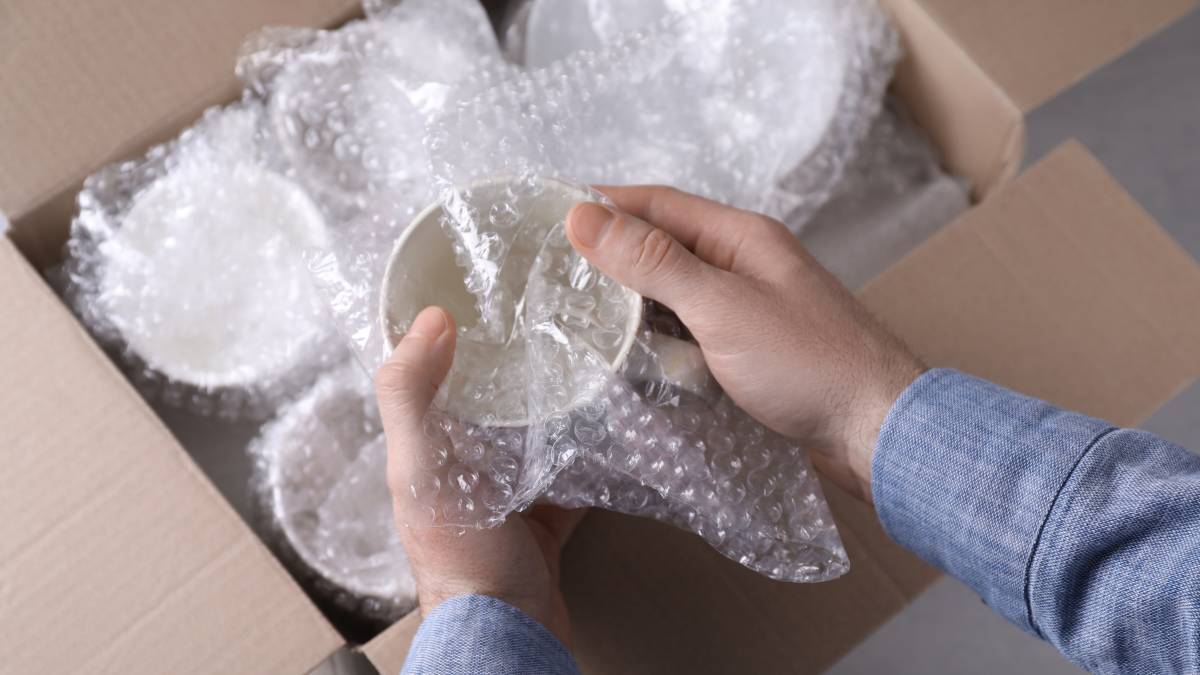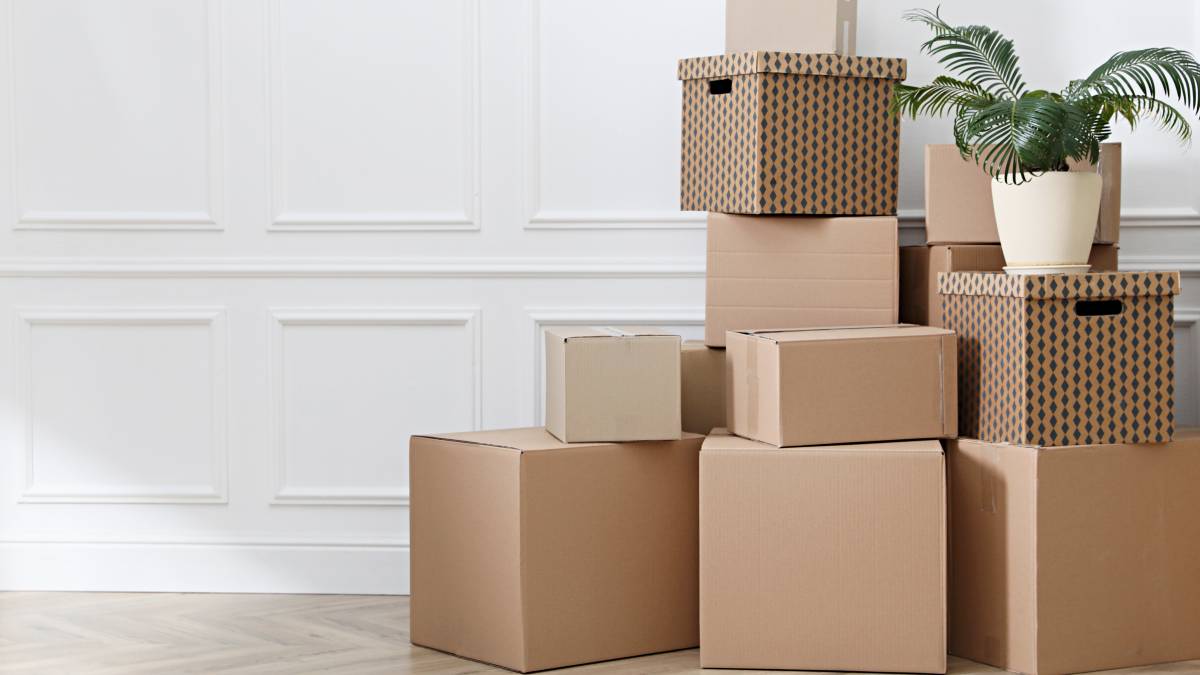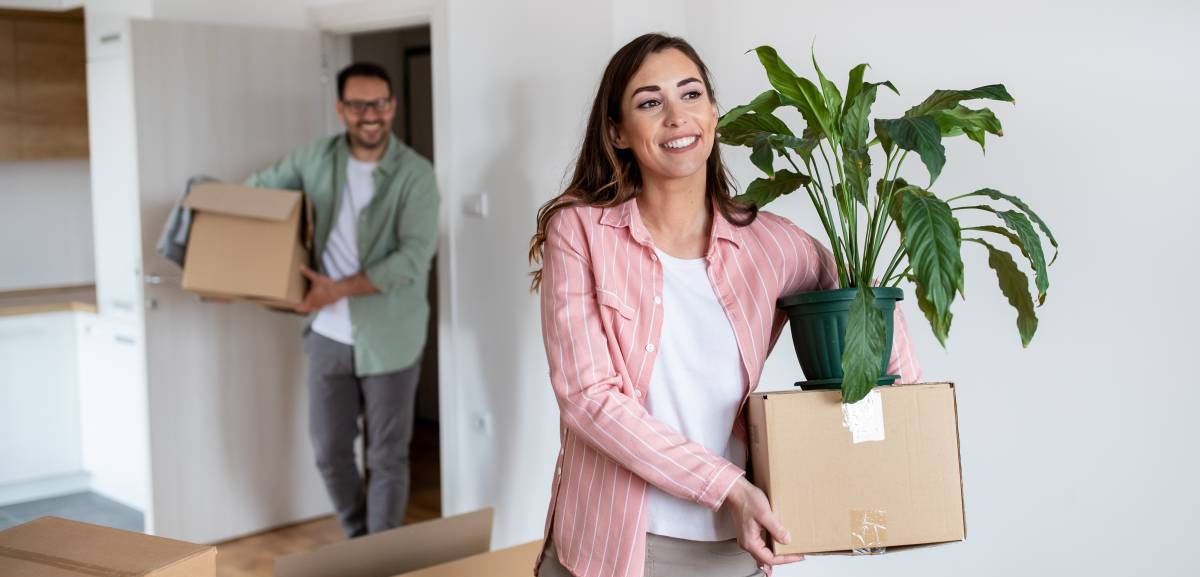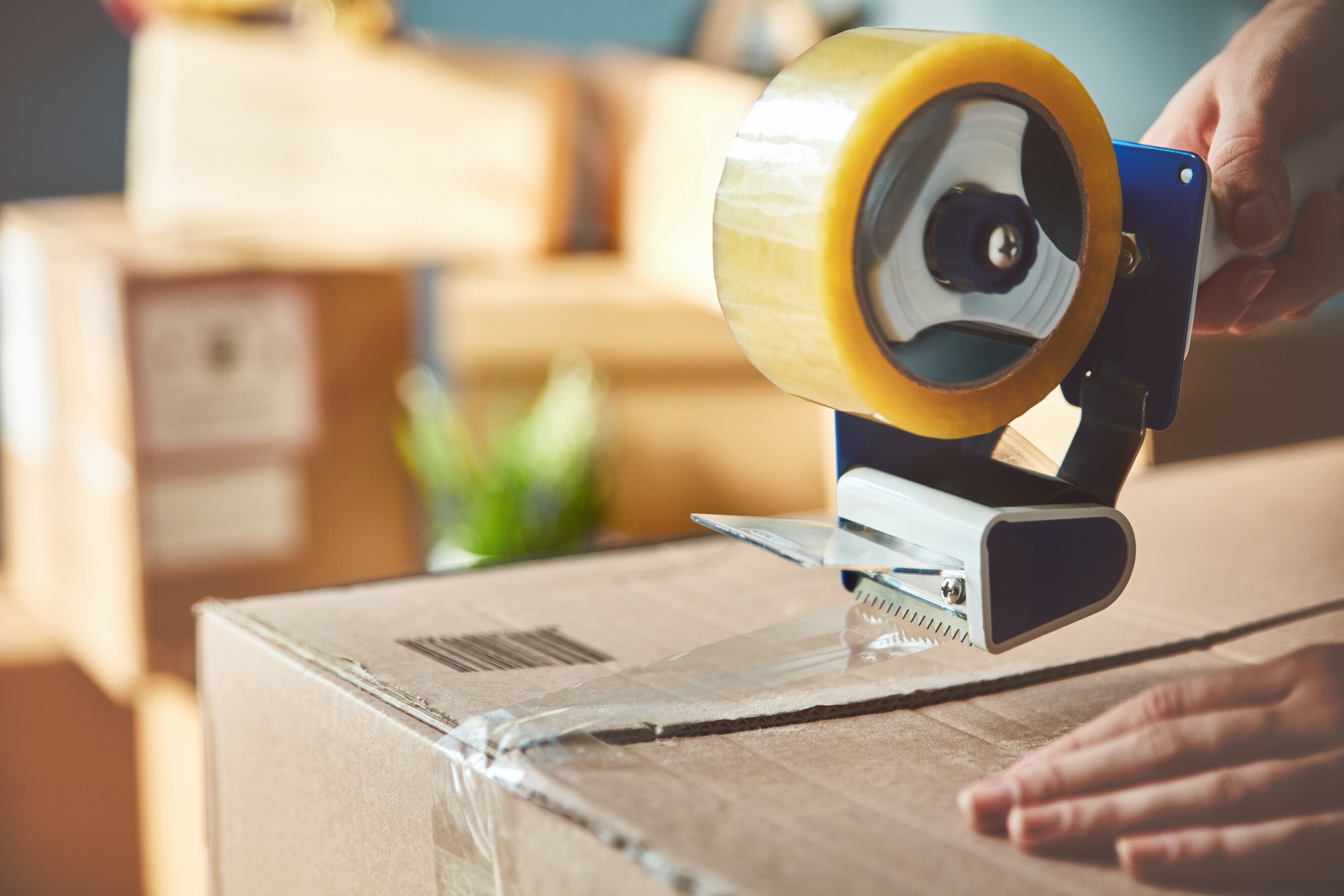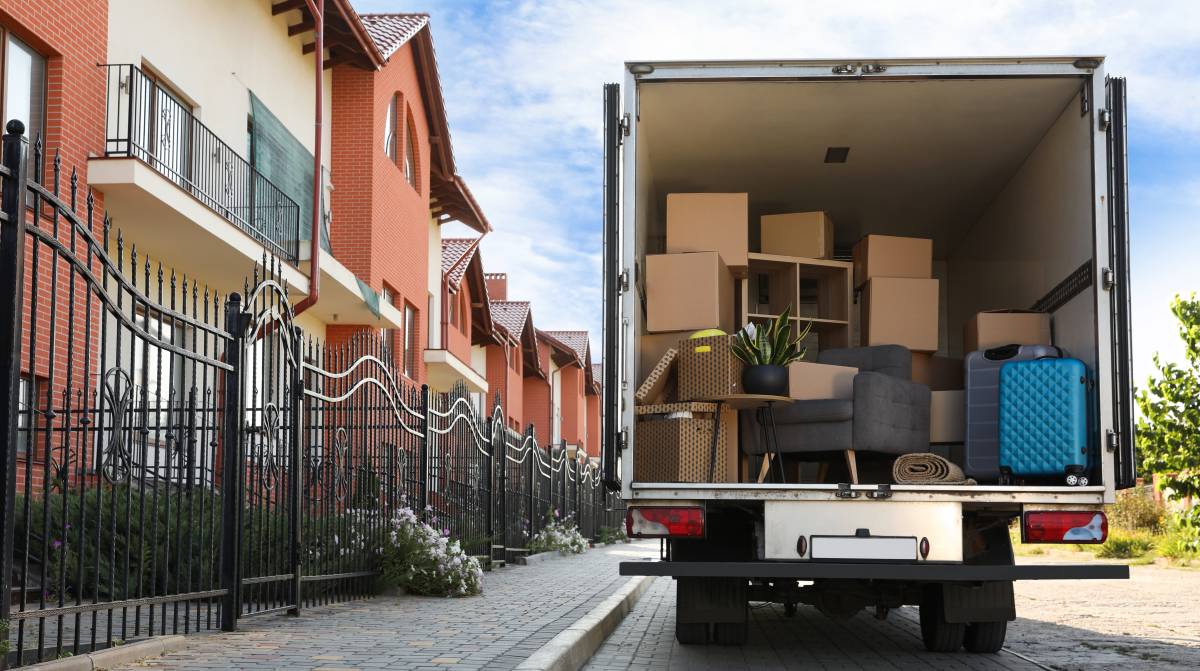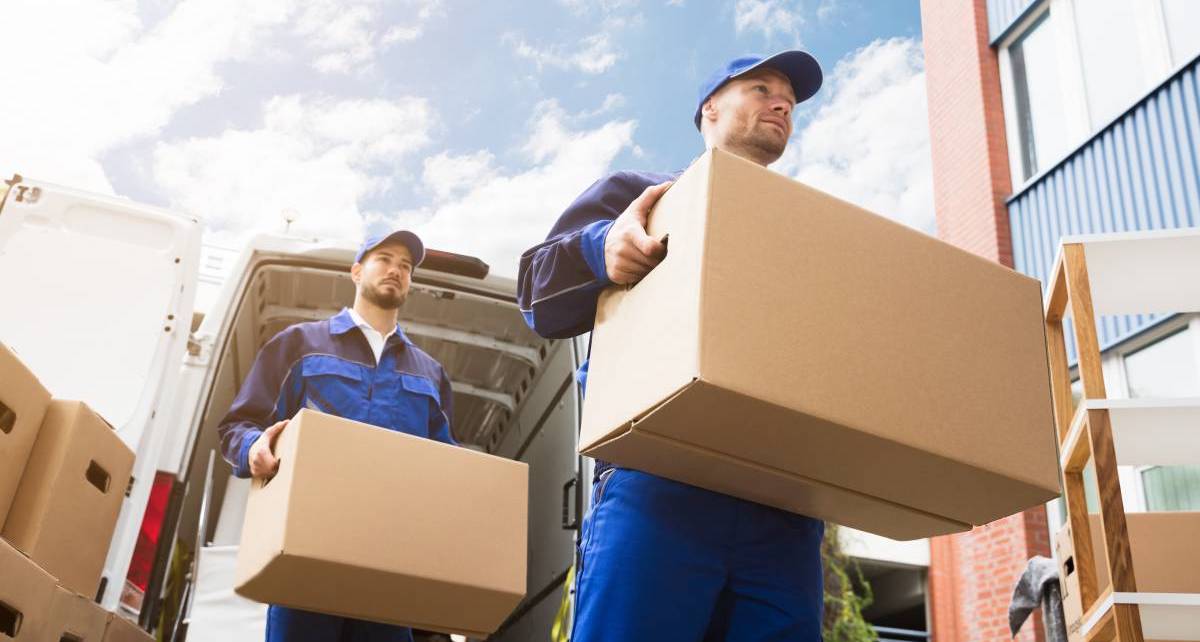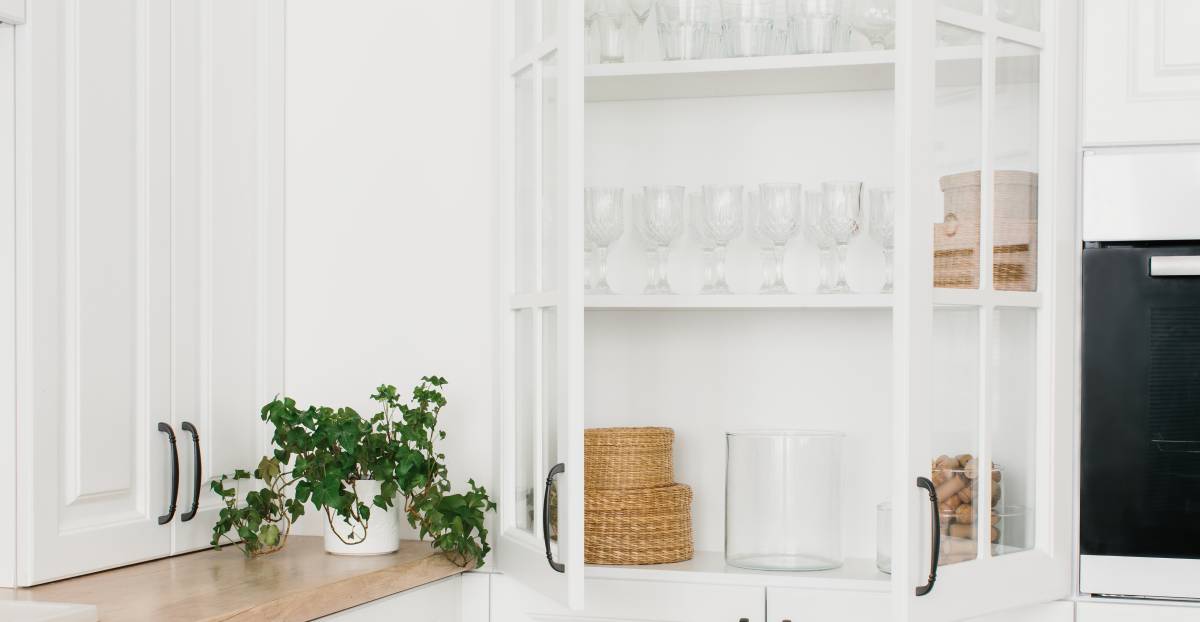
- Home/
- Guides/
- Packing & Unpacking/
- How to Pack Fragile Items
The best way to pack fragile items in 5 easy steps
Use this easy guide to learn how to pack fragile items or post a task on Airtasker for quick and easy removal.
Last Updated on
There are many things to consider when moving, including scheduling, manpower, transportation, etc. You’ll need to find someone who can deliver your appliances while also knowing how to move all your furniture.
Another critical thing to consider is how you’ll bring your fragile belongings. You don’t want a shattered vase decorating your new home. Ensure a successful removal by learning how to pack fragile items for moving.
What do I need when packing fragile items for moving?
Moving boxes (Double-walled, size small)
Marker
Scissors
Bubble wrap
Packing tape
Packing peanuts
Packing paper
Old newspapers
Box dividers (Optional)
How to pack fragile items for moving
Step 1: Prepare your box

The first thing you need to pack any item is the correct box. Use a newly bought or lightly-used moving box. A small-sized box is recommended for fragile packing, as medium or large ones will add too much free space.
Next, you’ll have to assemble it. Seal its bottom side, then use the packaging tape to secure the seams, flaps, and corners. Use multiple strips of tape to ensure the bottom doesn’t accidentally open later.
After taping the box, line the base with either bubble wrap, packing peanuts, or crumpled balls of old newspapers. Ensure the lining is at least a couple of inches thick to soften the blow in case the box is accidentally dropped.
Step 2: Wrap each item with protective material

Glasses: The best way to pack glasses for moving is to wrap them in bubble or packing paper. First, place the glass in the centre of a square sheet of either material. Cover everything by tucking the corners of the sheet into the glass. Finally, insert a crumpled ball of newspaper inside.
If you’re packing wine glasses, carefully wrap the stems with a few layers of bubble wrap. Then, tape the padding into place. After, cover the rest of the glass with packing paper using the same method as with ordinary glass.
Mugs and cups: First, use bubble wrap or packing paper to wrap around the handles and tape them down. Then, cover the rest of the mug with the same material by placing it on a square sheet and tucking the corners into it. After, place a crumpled ball of newspaper inside.
Vases: Similar to packing a glass, you’ll want to wrap your vase in either bubble wrap or packing paper. Place it in the centre of a large square sheet of the material and tuck the corners inside. Once done, fill the vase up to the brim with crumpled balls of newspaper or packing peanuts.
Mirrors and glass picture frames: When packing mirrors and glass picture frames, you must completely cover them with bubble wrap. Place the item in the middle of a sheet and fold it inside several layers. After, tape the loose ends of the bubble wrap and the item’s edges so the padding doesn’t come undone.
Glass furniture: To pack glass furniture, you must first detach the glass components from each piece. Then, wrap the glass components with several layers of packing tape in crosswise and lengthwise rows. Finally, place the glass between two pieces of cardboard and apply tape around the entire thing until firmly in place.
Step 3: Place items inside the box

After wrapping your items with protective material, it’s finally time to pack them up. Pack the items from heaviest to lightest while limiting the weight of the box to no more than 14 kg. Mugs and glasses should be placed rim-side down and, if possible, within box dividers. Use cardboard sheets between each layer to avoid stacking them directly atop one another.
For flat items (e.g., mirrors and glass frames), place them inside the box vertically. This ensures they won’t slide off each other when carried or in transit. Insert crumpled paper or packing peanuts between rows of items, so they don’t move around. Additionally, leave some extra space on top of the items.
Step 4: Fill in the extra space

With your items firmly in place, look for areas in the box with extra space. Using crumpled paper or packing peanuts, fill all these spaces in. Lastly, add a few layers of bubble wrap on top of the items to cushion the upper side of the box.
Step 5: Close and seal the box

Once no free space is left in the box, it’s time to seal it. Using the packaging tape, close the box and tape over the seams, flaps, and corners. After, use a marker to label the box as “Fragile.” This lets you and the movers know to handle the package carefully.
Successful removals are possible despite fragile items
Knowing how to pack fragile items is essential when moving. While it may take some time and effort, it’s possible to finish the task independently. But if you don’t want to risk breaking a few prized fragile possessions along the way, you can always choose to hire a professional removalist through Airtasker and enjoy a hassle-free move.
FAQs on packing fragile items
Ideally, you’ll want to use bubble wrap to pack fragile items. While you might need more than one layer for maximum protection, it cushions your delicate packages better than most materials.
Though it’s recommended that you use bubble wrap for fragile packages, you can also use other packing materials. Packing peanuts, old newspapers, and even towels are readily available substitutes. Foam and honeycomb kraft paper can also be used but may be harder to find.
Find packing and unpacking removalists, fast
Find a packing & unpacking removalist
Related guide pages

How to pack mirrors for moving
Read more

How to move a pool table
Read more

How to pack books for moving
Read more

How to move a shed
Read more
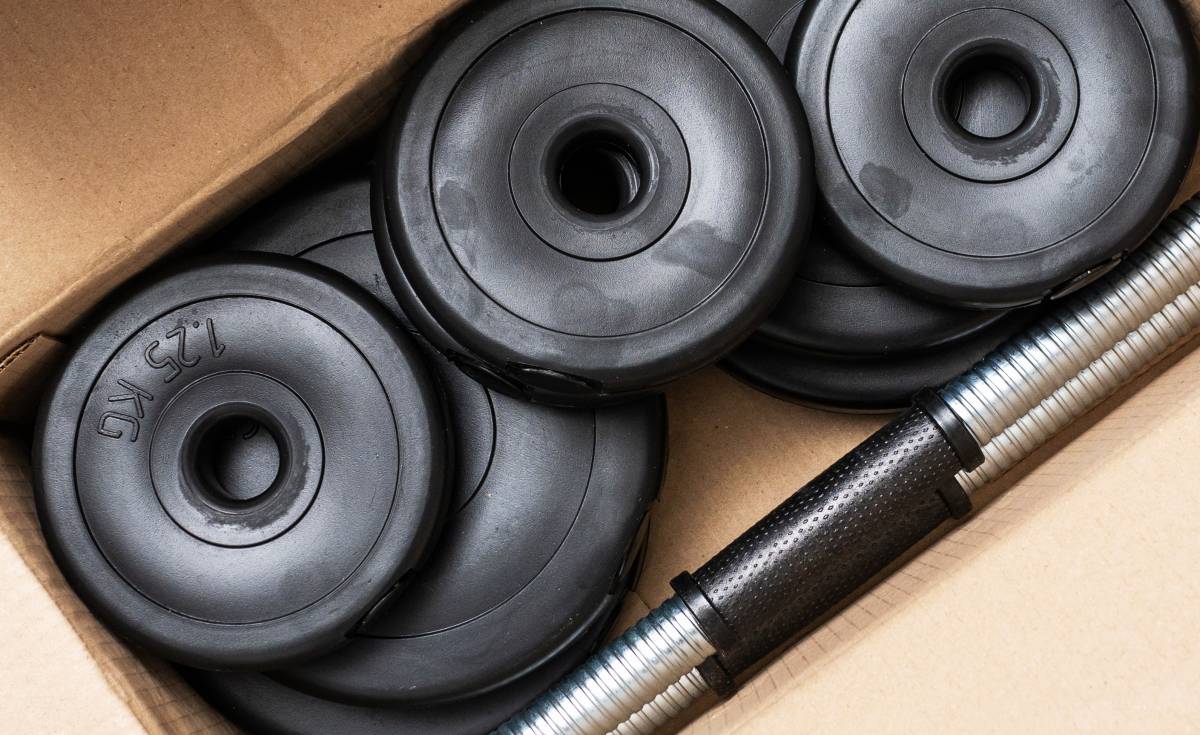
How to move gym equipment safely
Read more

How to move a washing machine
Read more

What moving companies won’t move
Read more

How to wrap furniture for moving
Read more

Moving a fridge: How to do it right
Read more

How to move a pinball machine
Read more

Tips for moving house with kids
Read more

How to pack artwork for moving
Read more

How to move a vending machine
Read more

How to pack kitchen items for moving
Read more

A guide to becoming a removalist
Read more
Related price guides

How much does it cost to move house?
Read more

How much does it cost to move house?
Read more

How much does piano moving cost?
Read more

How much do packers cost?
Read more

